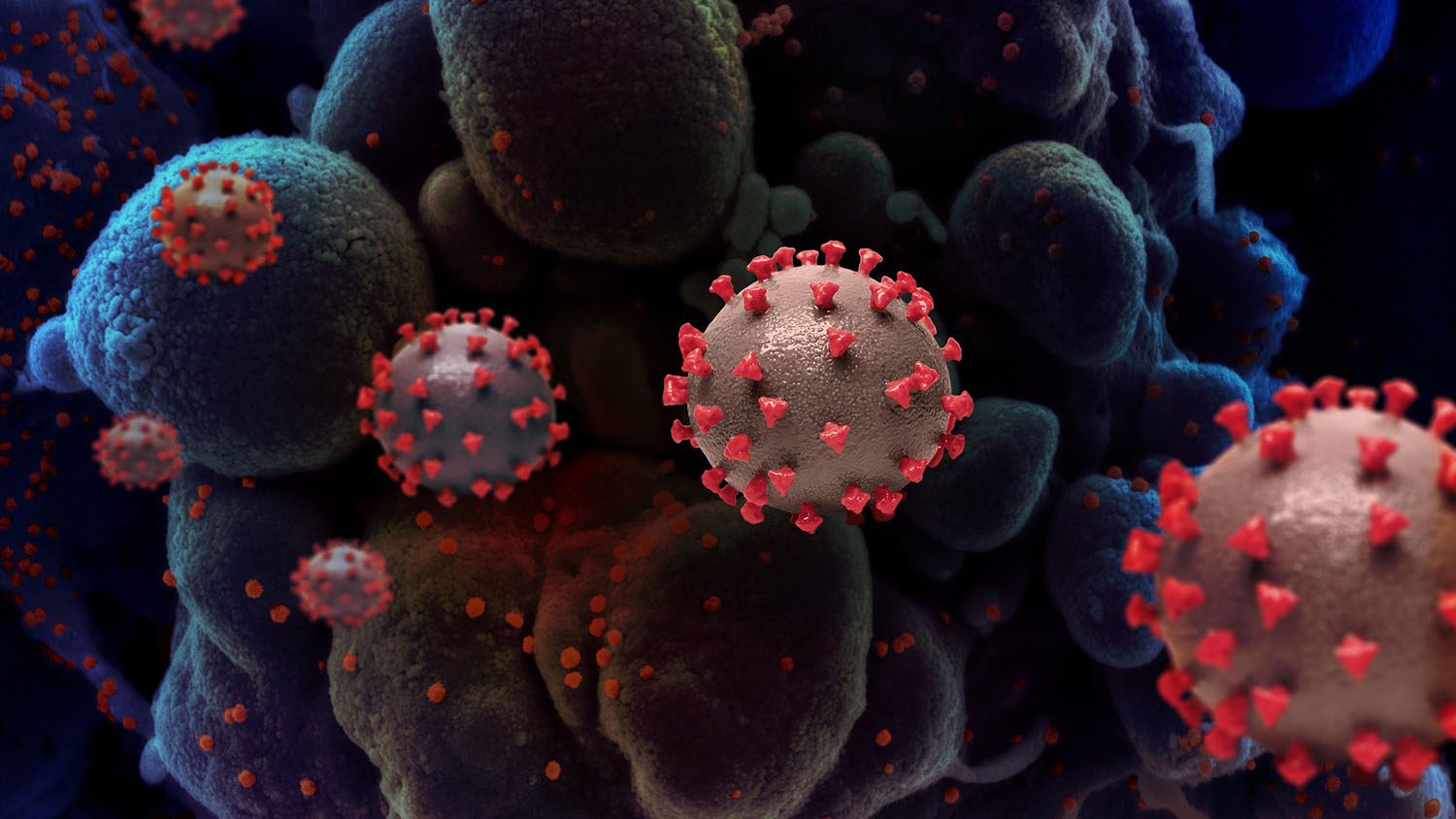Let's hope it's a number way lower than 95%. Otherwise, it's going to be a rough ride.
Thank you. I'm not just some crazy person making stuff up, but it's got a real basis. Always good to know oneself isn't losing it, at least not about this.
This just highlights how poor the information is that comes out with the guidelines. Plus how extra poor the reporting of that information is. In the beginning, it was kind of obvious, prevent all kinds of interactions to stop infected people from passing the virus on, keep yourself safe and don't give it to someone else. But, now, the guidance has two conflicting messages at the individual level. First, get the vaccine it'll protect you and you probably cannot give it to someone else. But, also, still prevent all kinds of interactions with anyone you cannot be sure isn't infected, well maybe just 1 person at a time.
That leaves us speculating on all kinds of stuff. Like, if the first is good, why does someone need to do the second? And, if someone still needs to do the second, what's the point of getting the first at the individual level. What's the reason for the single household exception? Is that exception creating risk to goal the guideline is supporting? Presumably, the exception creates very little extra risk for a very large value reward and that's why it's worth having, but we have no idea. If we knew the reasons, it would be possible to determine the added risk to expanding it and how far it could be expanded or why not, guidance about those impacts. (Obviously at public health level, the point of getting the vaccine is to end the pandemic.) If they published the reasons behind the guidance, people would be able to understand why the guidance matters. Something like "this guidance is to achieve X goal". Then, we could debate if those goals had value or not.
At a high level, some of this is more marketing related that real informative too. Things like the 100 days of masking, or 100 million shots in 100 days. I don't think those values were chosen for actual goals. As many many pages here have pointed out, 100 days may not end all mask, and 100 million shots was "to aggressive on the first day, but really a way to small goal by day 3". I think these were more like slogans and jingles. 100 in 100 is good marketing. It's easy to repeat and sounds like a sales pitch. We may debate their value as real metrics, but I don't think they were ever intended to be the real metric, just a marketing slogan.
We're missing key information surrounding the guidelines. Then we all color our views based on both our guessing of the unstated goals, our thoughts on if those goals aren't reached, and our desires for what we want. With different unstated goals, we end up talking past each other.
Its like watching a drop to close ride warrior debate with a parent of 3 kids under 5 the best strategy for a magic kingdom day. The first doesn't understand why anyone would leave the park at noon for 4 hours, a swim, and a nap. While the second doesn't understand how anyone could spend 12, 16, or more hours in a row inside the park.


